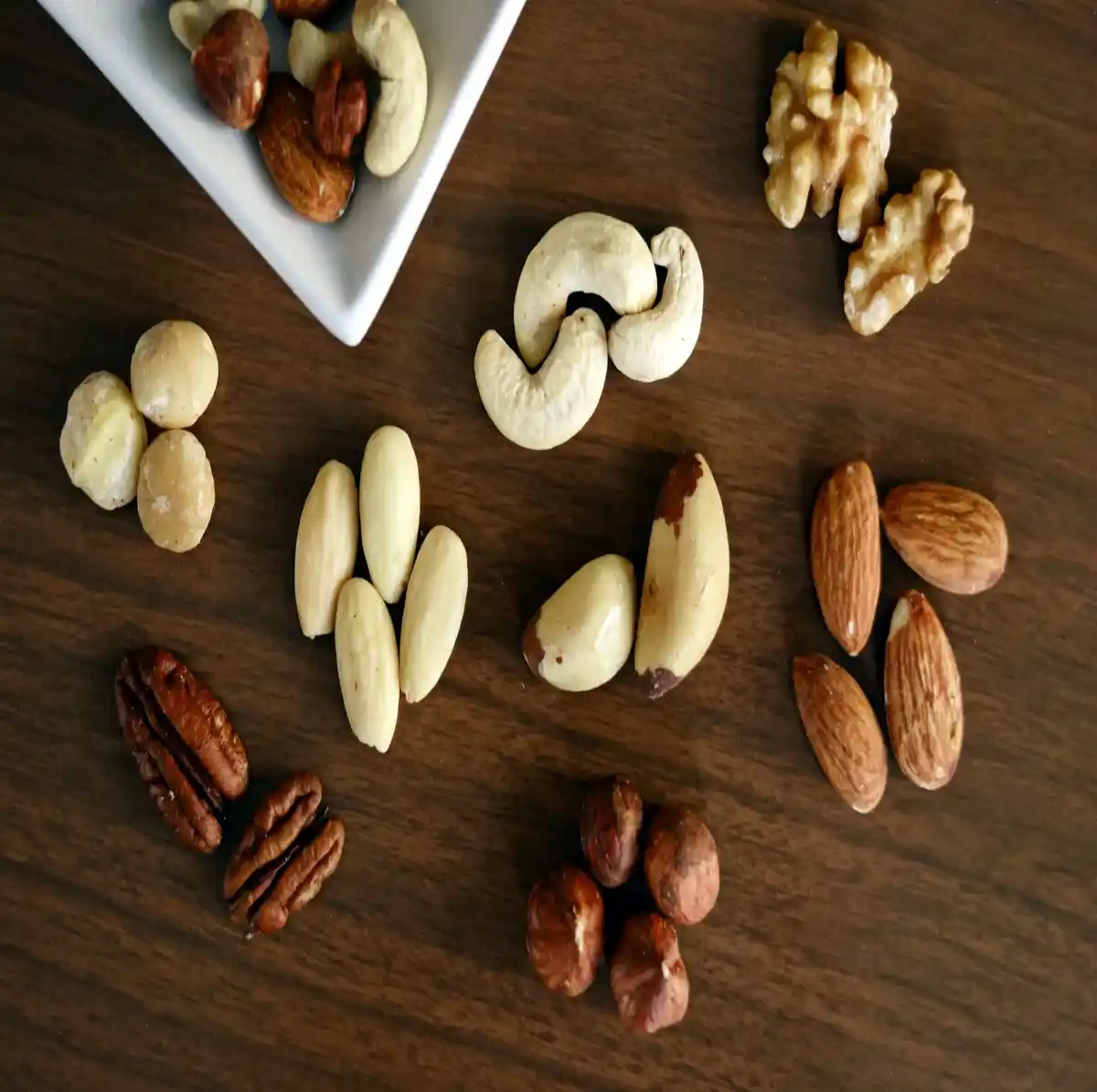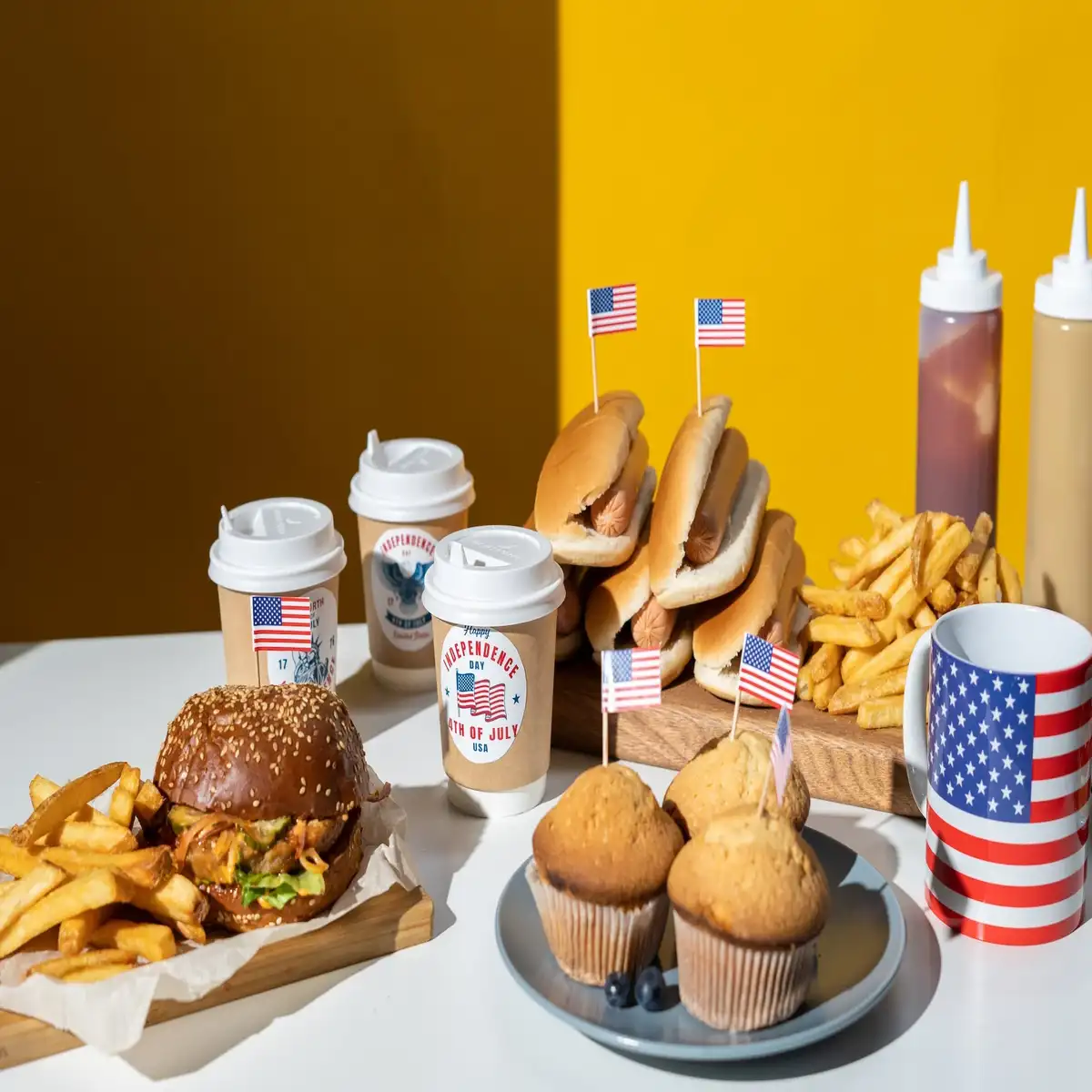Learn what are lipids, definition and classification, what are the functions, why do we need them and more.
How to define lipids in biochemistry?
These are the organic substances relatively insoluble water but soluble in organic solvent such as, alcohol, ether etc. In human body these are mainly synthesized in liver.
The lipid word derived from Greek word “lipos” which means fat. And fats or lipids are essential for store energy and gives cell structure.
What are the properties of lipids in biochemistry?
- These are heterogeneous compound.
- Hydrophobic in nature.
- Mainly composed of hydrocarbon chains.
- Insoluble in water, but soluble in organic solvents (alcohol, ether).
- They have key role in storing energy and forming cell membrane.
- Involved in synthesis of hormones like estrogen.
Classification of lipids
Lipids are broadly classified into simple, complex, derived and miscellaneous lipids, which are further subdivided into different groups.
1) What are simple lipids?
These are compounds formed by the esterification of fatty acids with alcohols. These are mainly of two types,
- Fats and oils.
- Waxes.
a) What are fats and oils?
When the fatty acid reacts with glycerol then it produces ester as fats and oils. These are also called as triacylglycerols. The difference between fat and oil is only physical. Thus, oil is a liquid while fat is a solid at room temperature.
b) What are waxes?
When the fatty acids (typically long-chain) react with alcohols other than then glycerol then the ester will wax. These alcohols can be aliphatic or alicyclic. Cetyl alcohol is a common component in waxes. Waxes find various uses in making candles, lubricants, cosmetics, ointments, polishes and more.
2) What are complex lipids?
These are esters of fatty acids produce from the reaction of fatty acid with alcohols, containing additional groups such as phosphate, nitrogenous base, carbohydrate, protein etc. They are further divided as follows,
- Phospholipids.
- Glycolipids.
- Lipoproteins.
- Other complex lipids.
a) What are phospholipids?
These are a type of complex lipid that consists of a glycerol molecule, two fatty acid chains, a phosphate group and a nitrogenous base. Phospholipids are essential components of cell membranes. Examples include lecithin and sphingomyelin.
b) What are glycolipids?
These lipids only contain a fatty acid, carbohydrate and nitrogenous base. Unlike phospholipids, glycerol and phosphate are absent. The alcohol is sphingosine that’s why they are also called as “glycosphingolipids”. Examples include cerebrosides and gangliosides. Glycolipids play important roles in cell membranes and cell signaling.
c) What are lipoproteins?
These are macromolecular complexes consist of lipids with proteins. Lipoproteins function as carriers for transporting lipid through the bloodstream. Examples include HDL (high-density lipoprotein) and LDL (low-density lipoprotein).
d) What are other complex lipids?
Sulfolipids, aminolipids and lipopolysaccharides are among the other complex lipids.
3) What are derived lipids?
These are substances formed by breaking down group 1 and group 2 lipids through hydrolysis. During breakdown it maintains the essential characteristics of lipids. Examples include glycerol, fatty acids, mono- and diacylglycerols, fat-soluble vitamins, steroid hormones, hydrocarbons and ketone bodies.
4) What are miscellaneous lipids?
This group refers to a diverse range of compounds that share lipid characteristics. Examples are carotenoids present in colorful fruits, squalene present in shark liver oil and cosmetics, hydrocarbons such as, pentacosane (present in beeswax) and terpenes.
One more group of lipids is present in the world which is neutral lipid.
What are neutral lipids?
The lipids which are uncharged are referred to as neutral lipids. For example, triglycerides, cholesterol esters and free fatty acids. They are “neutral” because they do not carry a charge, unlike phospholipids and glycolipids.
What are the main functions?
- They store concentrated energy as triacylglycerols.
- Phospholipids and cholesterol give shape to cell membranes and control permeability.
- They supply fat-soluble vitamins (A, D, E, K).
- These are important as cellular metabolic regulators (steroid hormones and prostaglandins).
- They protect organs, insulate and maintain body shape and smoothness.
These are the key roles of lipid in body. Generally, we know lipid as fat. Now we will explore foods with lipids.
Which foods contain healthy lipid?

- Oils and fats: Olive oil, coconut oil, butter and other cooking oils.
- Nuts and seeds: Almonds, walnuts, chia seeds, flaxseeds and sunflower seeds.
- Fatty fish: Salmon, mackerel, sardines and trout.
- Avocados: A rich source of healthy fats.
- Dairy products: Cheese, whole milk and full-fat yogurt.
- Meat: Ribeye steak and chicken thighs.
Which foods contain unhealthy lipid?

Foods that contain unhealthy lipid (saturated and trans fats).
- Fried foods, like fries and fried chicken.
- Processed snacks and baked foods may contain harmful trans fats.
- Fatty red meat and processed meats.
- Some full-fat dairy products.
- Baked products, like pastries and cookies may have trans fats.
- Certain snack foods, such as chips and popcorn for hidden unhealthy fats.
What is the range of lipid in human body?
| Lipid Parameter | Normal Range (mg/dL) |
|---|---|
| Total Cholesterol | 160 – 200 mg/dl |
| LDL Cholesterol | 70 – 100 mg/dl |
| HDL Cholesterol | 40 – 60 mg/dl for men and 50 – 60 mg/dl for women |
| Triglycerides | 50 – 150 mg/dl |

